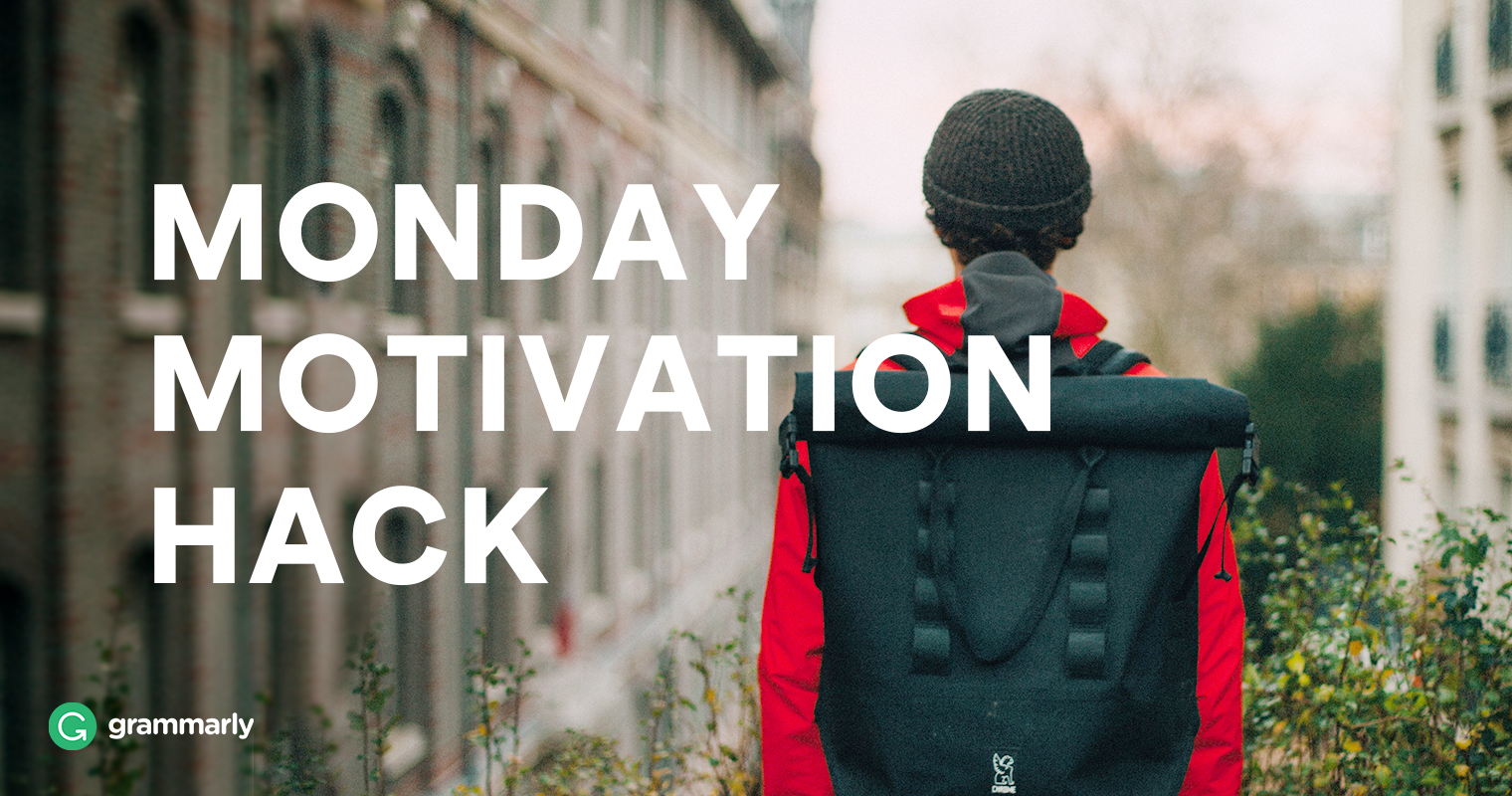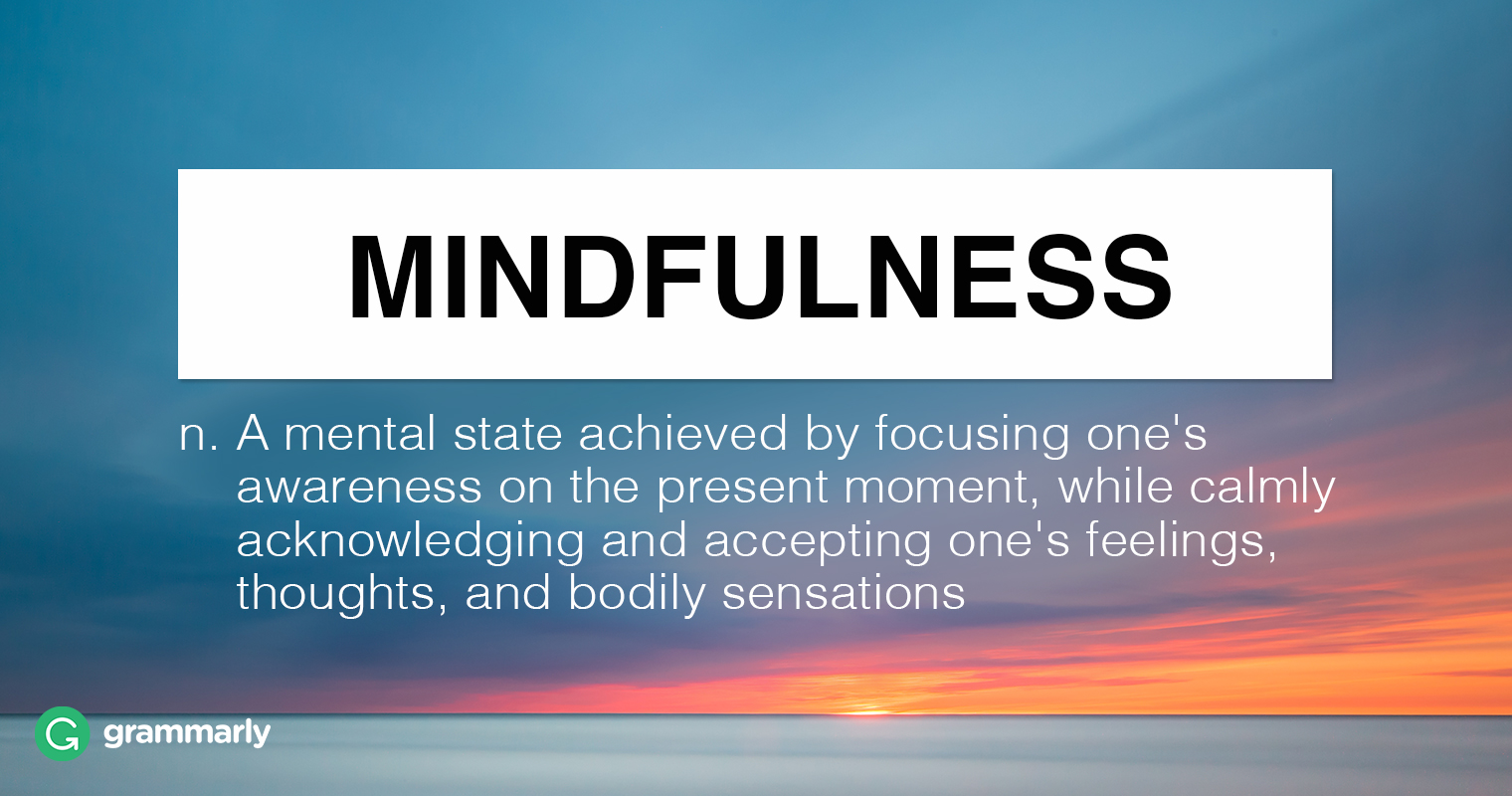
When you picture someone meditating, what do you see? A yoga class? A person of South Asian descent in a religious context? A random businessperson in a stock photo?
Messages about mindfulness have been muddled, messy, and largely unhelpful since its rise to popularity. In the last few years, mindfulness has moved from hippie-and-yogi buzzword to bonified productivity skill lauded by the likes of The Harvard Business Review and Tim Ferriss. Since its appropriation by leadership seminars and tech giant conferences, mindfulness seems to have lost some of its meaning. So what does it mean, anyway? Here’s a simple definition:

Now, if that makes sense, let’s talk about how mindfulness can help you hack Monday mornings. We mentioned mindfulness as a practice when we talked about morning routines, but this productivity-producing mental habit deserves more attention.
Why practice mindfulness in the morning? As Dr. Laura Maciuika puts it in Psychology Today, “Your routine first thing in the morning sets the tone for the entire day. Before breakfast is generally a good time to meditate.” Even if you’re hungry and little groggy, taking a moment for yourself before tackling the day can help you to remember to remain calm and grounded, no matter what happens later.
The Twenty-Minute Version: Full Meditation
If you want the deep dive version, consider taking up a full meditation practice in the morning. If you have the time, this practice can help your days, weeks, and months run smoother than they have before.
To start, you should probably work with one of the guided meditation options below, starting with a ten-minute-long session. After a week (or whenever you feel comfortable), you can try focusing on your breath and your thoughts for ten minutes independently.
When you branch out on your own, choose a comfortable seat on the floor—or in a chair! There’s a misconception that you have to sit in a bendy yoga-esque position to meditate, and this is simply not true. Also, make sure you’re alone in a quiet space, where distractions are minimal. On the emotional side, be sure to enter a fully judgment-free zone when you attempt your first meditation. There’s no “right” way to meditate (no matter what the Internet says), and this is your first time flying solo, so be gentle with yourself. Also, a practical note: to keep your session on track without staring at a clock, be sure to set a timer with a gentle, non-intrusive beep. Close your eyes, start to notice your breath, and follow the instructions you’ve learned through guided meditation. Next thing you know, you’ll hear the beep and find yourself starting the day as a calmer, more centered human.
As you become more acclimated to this type of grounding in this space, you’ll be able to increase your meditation sessions from ten to fifteen to twenty minutes. If you have a full half hour, go for it! If possible, try to keep your meditation in the same physical space, so your mind associates that chair, room, or pillow in the closet with centering and focus. And have fun with it!
The Ten-Minute Variation: Guided Visualization
When we talk about mindfulness, we often equate it with quiet, sit-on-the-floor-by-yourself meditation. But that doesn’t have to be the case! You can just as easily sit in a chair, throw on your headphones, and have someone else guide you to a state of mindfulness.
There are few options to make this happen, from paid services to apps to podcasts to the old, reliable YouTube video. Try these three, and see which one suits you. Then you can check out this larger list of options. And remember, this is about your feels, so there is no “right” way to move through guided meditation!
1 The Classic YouTube Video
Male Voice, With Nature Imagery and Music
3 The App
The Two-Minute Option: Mindfulness on the Move
You know what the great thing about mindfulness is? You don’t have to be meditating to practice it! You can apply the principles of mindfulness to anything you do.
Let that sink in. Anything.
So, if your morning routine is already hectic because of limited time or extra people to get ready for the day, you don’t have to carve out dedicated time to meditate. Instead, you can choose a mundane, repetitive activity you do every morning, and apply meditation principles to it. Some great candidates include:
- Walking to work (if you’re one of the lucky ones who can)
- Eating breakfast (if you won’t be interrupted)
- Showering (if you won’t be interrupted)
- Commuting (if you’re not driving)
If you choose one of these activities to do mindfully, you will need to ensure you can do it for five to ten minutes without interruption. It doesn’t necessarily need to be quiet where you are, but you’ll need headphones and a dedicated app if it’s loud. Just use the same principles as above, and do the activity as you normally would. But remember, pay attention to yourself without getting caught in your own feelings web.
The post Monday Motivation Hack: Get Your Mind Right appeared first on Grammarly Blog.
from Grammarly Blog
https://www.grammarly.com/blog/mindfulness-productivity-hack/
No comments:
Post a Comment